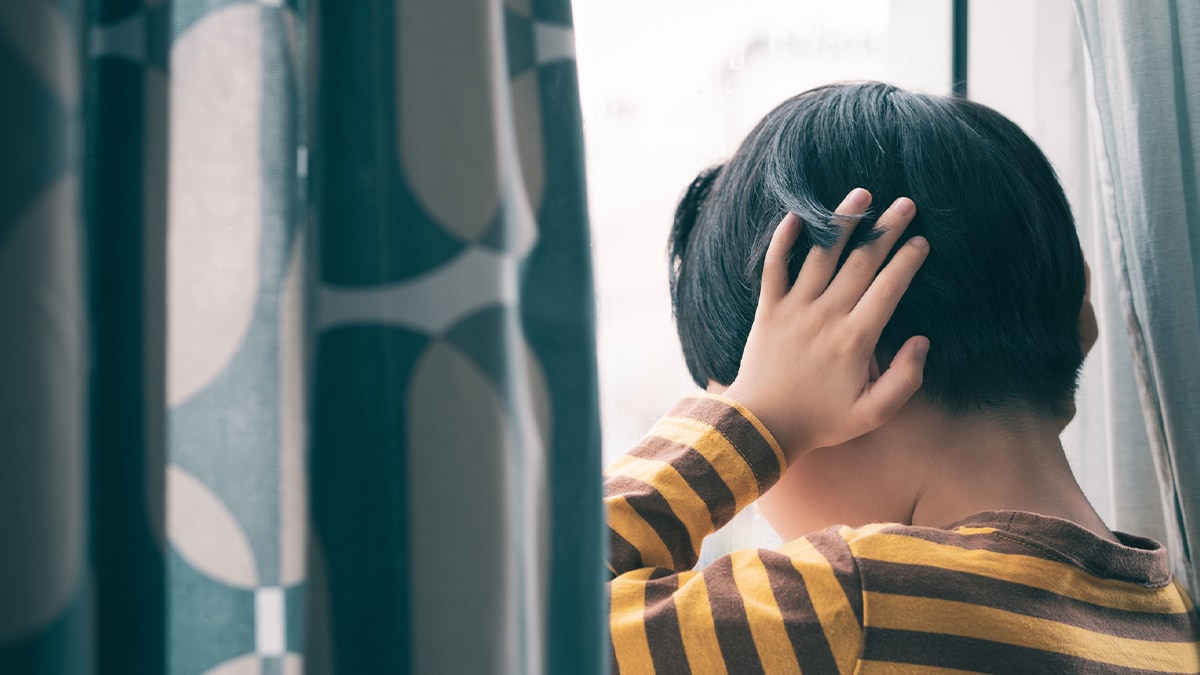At a glance
Although children with disabilities are no more aggressive than other children, they may have an increased chance of being victims of bullying, abuse, and neglect.

Childhood maltreatment
- Parents can more easily become stressed with the demands placed on them by parenting a child with a disability.
- Kids with behavior problems, such as attention-deficit / hyperactivity disorder (ADHD) or other conduct problems, may be more likely to experience physical abuse because parents can become frustrated by the child's difficult behavior and respond harshly.
- Kids who are less able to do things independently rely more on adults for their care. These children may be more likely to be sexually abused or neglected by adults.
- Abusers may take advantage of kids who have problems speaking or hearing or who don't understand social situations very well. These children may be more likely to experience sexual abuse.
Youth violence and aggression
Most children with developmental disabilities are not any more violent or aggressive than other children. However, some children may feel a lot of frustration related to their developmental disability.
- This frustration is sometimes shown through aggression or even self-harming behaviors, such as banging their head or cutting their skin.
- Other children have conditions that are more directly connected to aggressive behavior. For example, children with oppositional defiant disorder are often annoyed and angry, and they argue with adults in order to gain control.
There are many reasons children with developmental disabilities may have aggression problems. It is important to remember that everyone has times when they get frustrated or angry, and children should be taught that frustration is normal. It is best to try to understand the reasons behind the aggression and violence. Knowing this will help parents and health professionals work toward reducing the problems; teaching the child ways to cope with frustration should be part of this plan.
Bullying
Children with disabilities may have low self-esteem or feel depressed, lonely, or anxious because of their disability, and bullying may make this even worse. Bullying can cause serious, lasting problems not only for children who are bullied but also for children who bully and those who witness bullying.
Children do not always know when they are bullied. They might feel bad but don't know how to talk about it. Children with disabilities that affect how they think, learn, or interact with others might need a very detailed explanation about how to recognize bullying when it happens to themselves or others.
Self-injury
Children and youth with developmental disabilities, such as autism and intellectual disability, are more likely to engage in other forms of self-injury than children without these disabilities.123 Youth with depression, anxiety disorder, and conduct disorder have a higher chance of self-violence, including suicide, than children without these disorders.4
It is important to understand the reasons for self-directed violence and other forms of self-injury among children with disabilities in order to find the best treatment. It is also important to coordinate care given by family, school, and healthcare providers.
Find help: SAMHSA's 988 Suicide and Crisis Helpline
- Schroeder, S.R., Oster-Granite, M.L., and Thompson, T. (Eds.) (2002). Self-injurious behavior: Gene-brain-behavior relationships. Washington, D.C.: American Psychological Association.
- Richards, C., Oliver, C., Nelson, L., & Moss, J. (2012). Self-injurious behaviour in individuals with autism spectrum disorder and intellectual disability. Journal of Intellectual Disabilities Research, 56, 476-489.
- Soke GN, Rosenberg SA, Hamman RF, et.al. Prevalence of Self-injurious Behaviors among Children with Autism Spectrum Disorder—A Population-Based Study. Journal of Autism and Developmental Disorders. 2016.
- Meltzer, H., Harrington, R., Goodman, R., Jenkins, R. (2001) Children and adolescents who try to harm, hurt or kill, themselves. National Statistics: London.
